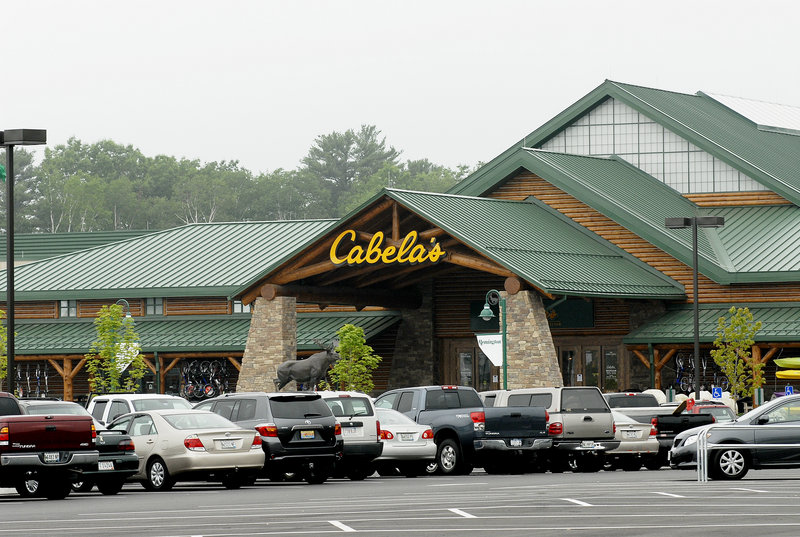We had barely pulled away from our tent camp when guide Doug Stults spotted a lone longbeard gobbling on its own. Make a bird gobble in the afternoon and your chances are good. Find one gobbling on its own and it’s all but over, unless you mess up.
We hastily made ground, using sparse cottonwoods and a pile of cedar slash as cover. Stopping as close as we dared get, Doug set out decoys while John Hafner and I haggled over first dibs. I won. He would shoot and I’d call.
For 10 minutes the bird gobbled at everything we told him but failed to move our way. Fifteen minutes in we decided he wasn’t coming. Doug was already gathering decoys when I spied the gobbler headed straight for us. He saw us too, and the jig was up. We’d just looked a gift bird straight in the mouth, blowing an easy kill with our impatience.
In turkey hunting as in life, such opportunities come along so seldom you don’t want to squander them. Most consistently successful people are those who recognize an opportunity, and know how to take advantage of it. Such was the case for my host.
I was in central Nebraska in part to help one of Maine’s newest residents — outdoor retailer Cabela’s — celebrate its 50th anniversary. The company’s story has the familiar ring of American entrepreneurship. Dick Cabela is a second generation American whose grandfather emigrated to the Great Plains of Nebraska in 1884 from what is now the Czech Republic. In 1961, while walking the aisles of a Chicago trade show with his dad, Cabela came upon a vendor selling hand-tied fishing flies at $2.25 a gross. The 25-year-old father of four saw an opportunity and purchased the entire stock of 2,880 flies for $45, intending to sell them at his father’s furniture store. Several months passed and the only flies that left the store were the ones Dick used himself.
Not everything works out as planned, but success goes to those who can, as the Marines say, improvise, adapt and overcome. Slightly daunted by our own failure the first afternoon, our trio of hunters split forces the next morning. John went go one way, Doug and I another, setting up in the hills above a roost where Doug had watched a big flock filter through several days earlier.
The eastern sky was turning pale gray-blue when the first gobbles emanated from the copse of cottonwood below, first one, then another and another. Instead of the deep, hoarse throatiness of an Eastern, the gobbling of the Rio Grand X Merriam’s hybrids we hunted sounded more like the giggling of little girls. There were so many birds, the roost sounded like a classroom of young lasses chortling over some silly story. And we were about to get our second lesson in missed opportunities. Instead of coming west up the hill, the birds moved south, away from us.
Discouraged but unwilling to give up, Dick Cabela came up with another plan to sell his flies while fishing in Wyoming. He placed an ad in the Casper Tribune, offering “12 hand-tied fishing flies for $1, postage paid.” In three months his ad generated one order.
Doug and I decided our next move should be a flanking maneuver, but we’d have to move quickly, the birds were making good time across the plains below. Unfortunately we got short-stopped by a lone gobbler who, like the previous afternoon’s bird, would gobble and strut but come no closer. Eventually the cause for his reluctance strode over the hill. He already had hens in tow. With Plan B a failure, we needed a Plan C.
Similarly, Cabela’s tenacity led him to another idea. He placed a small classified ad in Sports Afield’s October 1961 issue offering to send five “FREE” hand-tied flies to any customer that would send 25 cents to cover postage and handling. He figured that would result in a net profit of 11 cents per order. It worked.
Eventually Doug and I spied two longbeards that had returned to the roost and were now strutting underneath the cottonwoods. We called and called but with similarly indifferent results. Eventually we decided, if the birds wouldn’t come to us, we’d go to them. Using natural vegetation and some abandoned farm buildings as cover, I eventually got within range and dropped my first Nebraska longbeard. Success at last.
Revenue from Dick Cabela’s budding business grew from $627 the first year to six figures by 1965. Meanwhile, he partnered with his brother, Jim. By 1969, the company had moved to its current hometown of Sidney, Neb., and total revenue topped $1 million.
The rest, as they say, is history. Arguably the world’s most successful outdoor retailers, Cabela’s now operates 31 stores, including one in Scarborough that opened in 2008. Last year, revenue exceeded $1.25 billion. Clearly the Cabela family made the best of an opportunity when it came along. Happy anniversary.
Bob Humphrey is a freelance writer and registered Maine Guide who lives in Pownal. He can be contacted at:
bhhunt@maine.rr.com
Send questions/comments to the editors.



Success. Please wait for the page to reload. If the page does not reload within 5 seconds, please refresh the page.
Enter your email and password to access comments.
Hi, to comment on stories you must . This profile is in addition to your subscription and website login.
Already have a commenting profile? .
Invalid username/password.
Please check your email to confirm and complete your registration.
Only subscribers are eligible to post comments. Please subscribe or login first for digital access. Here’s why.
Use the form below to reset your password. When you've submitted your account email, we will send an email with a reset code.